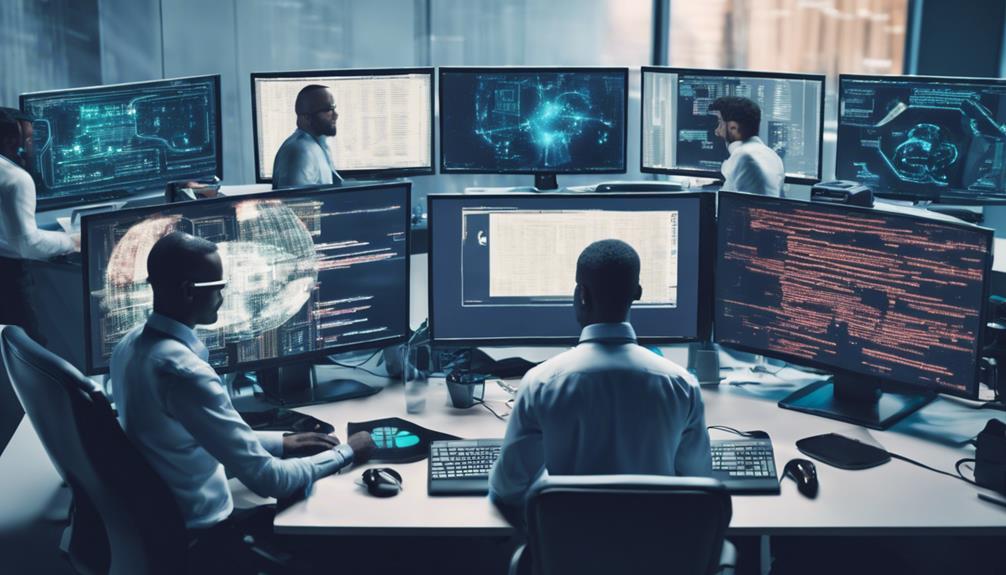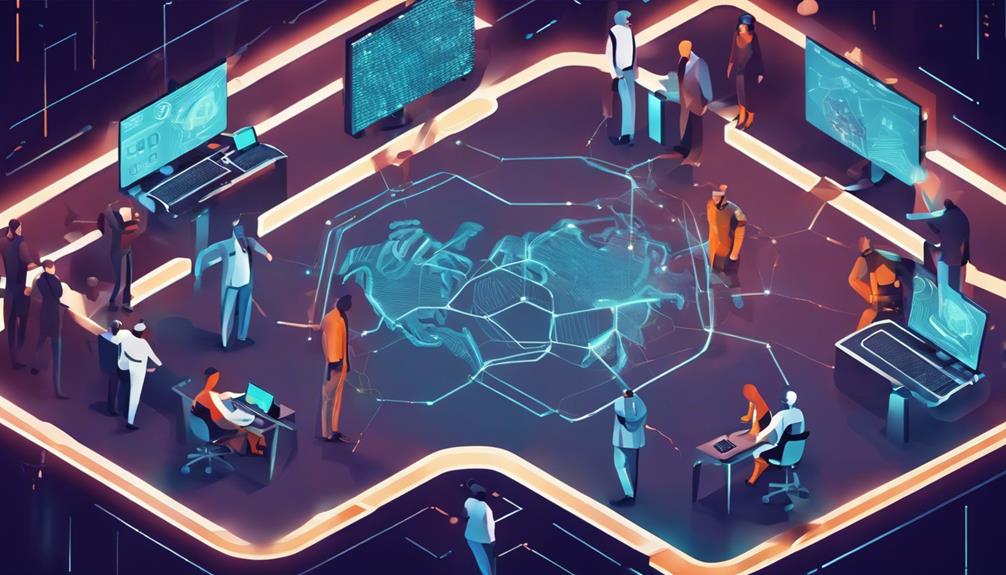Artificial intelligence (AI) is pivotal in enhancing cybersecurity by bolstering threat detection and response capabilities. While AI automates anomaly detection and response, human oversight remains essential. Collaboration between AI and human intelligence is key for effective cybersecurity. Concerns about AI's potential to outsmart and be weaponized emphasize the need for global proactive measures. To mitigate risks, security protocols leverage AI's advancements, emphasizing a balance between automation and human intervention. Bridging the talent gap, evolving AI technology offers learning opportunities for cybersecurity professionals. The future of cybersecurity lies in synergizing AI benefits with human expertise for robust protection.
Key Takeaways
- AI enhances cybersecurity but won't replace human expertise.
- Collaboration between AI and humans is vital for robust security.
- Balance between AI automation and human intuition is crucial.
- Ethical considerations and human judgment remain essential in cybersecurity.
- AI complements human roles, addressing talent shortages in cybersecurity.
AI in Cybersecurity
Within the domain of cybersecurity, the integration of Artificial Intelligence (AI) has become essential for enhancing threat detection and response capabilities. AI plays a vital role in incident response, threat intelligence, threat hunting, compliance monitoring, and vulnerability management.
By mimicking human-like cognitive functions, AI can analyze vast amounts of data, recognize patterns, and make decisions with minimal human intervention. Cybersecurity professionals heavily rely on AI for automation in detecting anomalies, reporting incidents, and responding to threats promptly.
However, it's important to note that AI technology lacks the abstract thinking and creativity necessary for complex decision-making scenarios in cybersecurity roles. Hence, collaboration between AI technology and human intelligence is necessary for effective cybersecurity measures against the constantly evolving threat landscape.
Expert Opinions
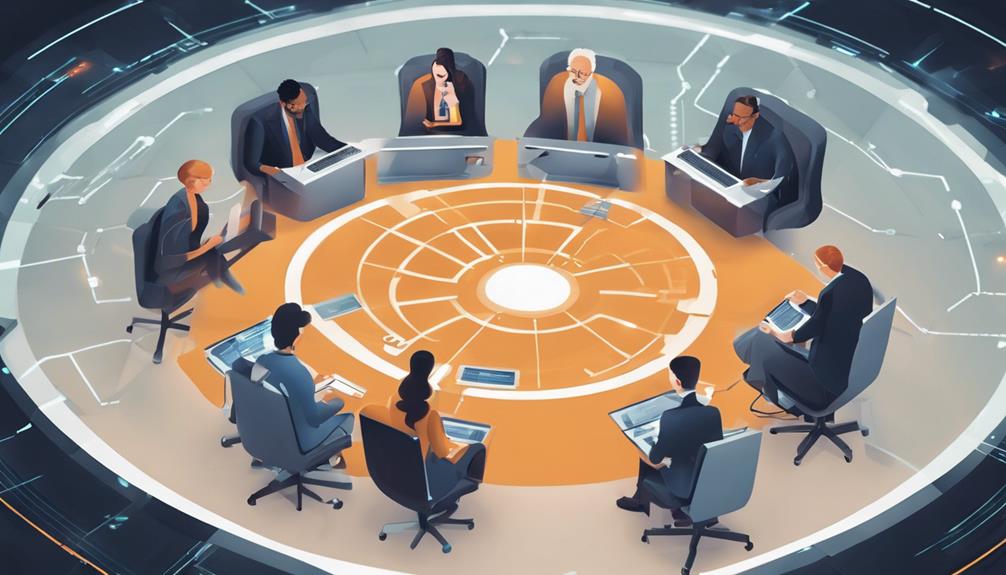
Artificial Intelligence (AI) integration in cybersecurity has garnered diverse expert opinions regarding the collaborative role of human intelligence alongside AI technology in effectively countering cyber threats. Experts say that while AI advances have greatly enhanced threat detection and response capabilities, human analysts remain indispensable due to their capacity for creativity and abstract thinking.
The U.S. Bureau of Labor Statistics projects a substantial 32% growth in cybersecurity analyst employment from 2022 to 2032, underscoring the continued need for human expertise in the field. AI's automation in cybersecurity tasks highlights the necessity of human oversight and adaptability in combating evolving threats.
It is evident that the collaboration between AI technology and human analysts is vital for implementing robust cybersecurity measures, especially when facing sophisticated AI-generated threats. As technology progresses, striking a balance between AI's capabilities and human intuition will be key to staying ahead in the cybersecurity landscape.
AI Vs Human Expertise
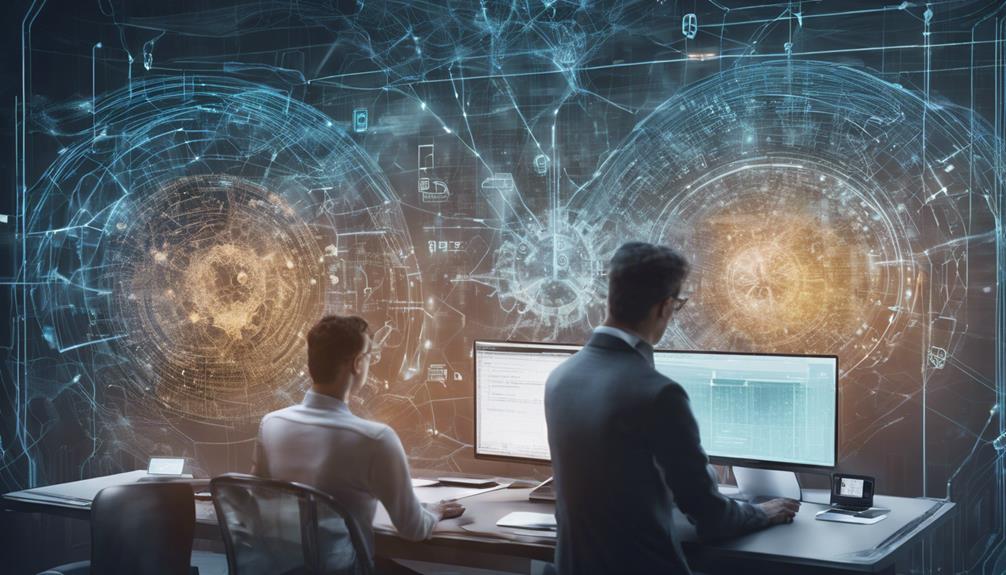
The comparison between AI capabilities and human expertise in cybersecurity highlights the distinct strengths and essential contributions each brings to the field. Human expertise encompasses nuanced decision-making, adaptability, and ethical considerations that AI currently lacks. Security analysts play a critical role in analyzing intricate scenarios and offering contextual insights to complement AI-generated data.
While AI can automate specific cybersecurity tasks, the need for human creativity and reasoning remains vital in addressing the constantly evolving threat landscape. Human guidance is indispensable in interpreting findings, making strategic decisions, and applying ethical judgment to complex situations. The collaboration between AI technology and skilled security analysts is essential for establishing robust cybersecurity measures that effectively safeguard against threats.
In this dynamic landscape, AI enhances detection and response capabilities, but human oversight and intervention are necessary for the best protection. The synergy between AI and human expertise maximizes the strengths of each, ensuring a holistic approach to cybersecurity that leverages the unique advantages of both technology and human intelligence.
Potential Threats
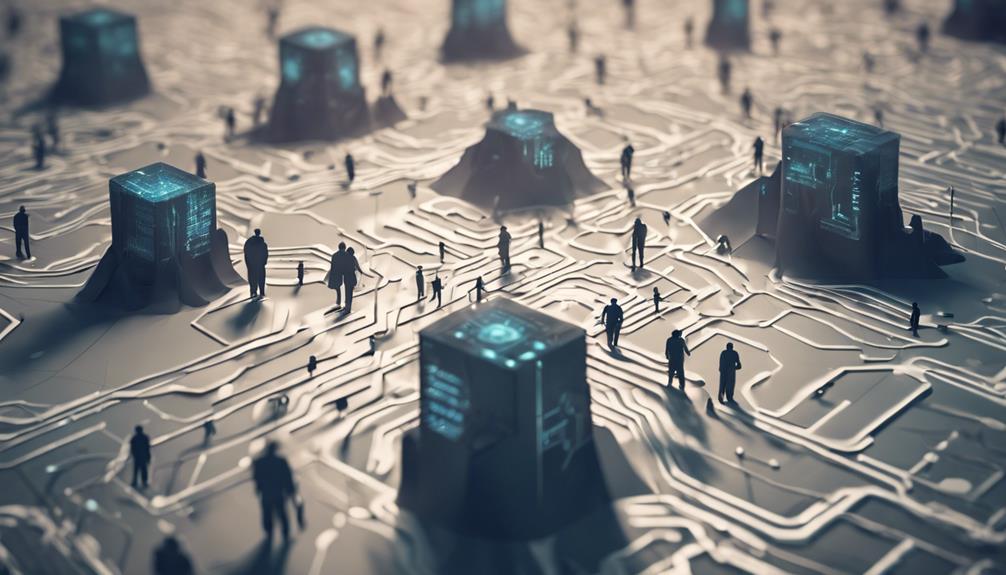
As the capabilities of AI continue to advance rapidly in cybersecurity, the potential threats posed by its capacity to outsmart humans and self-teach have become a pressing concern for experts and governments alike.
The ability of AI to analyze vast amounts of data and identify vulnerabilities makes it a double-edged sword in the domain of cybersecurity. While AI can enhance defense mechanisms, its potential to be weaponized in cyber attacks is a significant worry.
Data security is at risk as AI could be exploited to breach systems, steal sensitive information, or disrupt critical infrastructures. The looming specter of AI surpassing human intelligence, as highlighted in scenarios like Terminator and Skynet, underscores the gravity of these threats.
Governments are urged to address these dangers promptly, as the implications could extend globally. Proactive cybersecurity measures and collaborative global solutions are essential in mitigating the risks posed by AI's infiltration of digital infrastructure.
It is imperative to stay vigilant and continuously adapt security protocols to counter these evolving threats.
Security Protocols
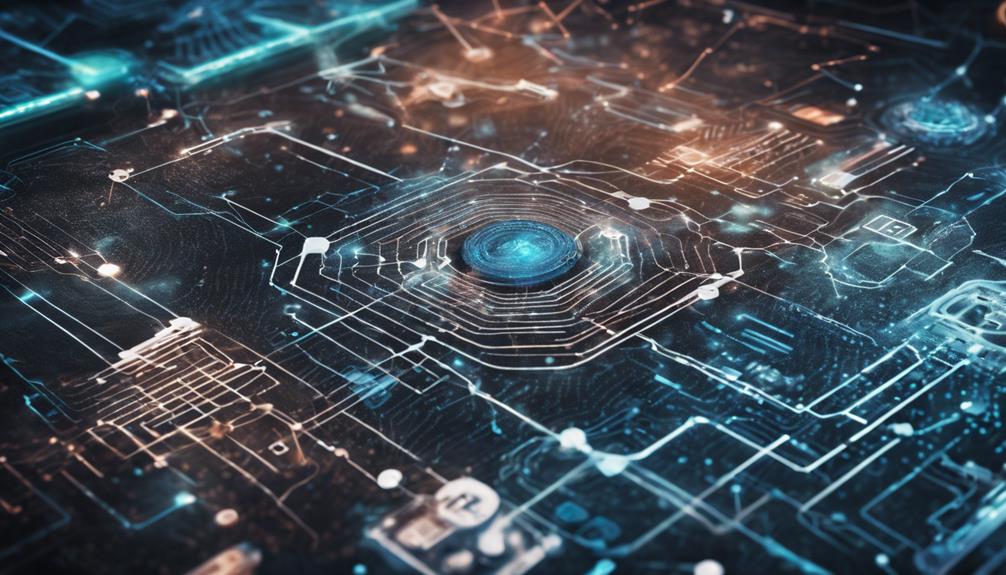
Effective implementation of security protocols is essential in safeguarding digital assets against cyber threats. In the ever-evolving landscape of cybersecurity, staying ahead of potential risks is vital.
Here are three key points to contemplate:
- Two-Factor Authentication: Utilizing two-factor authentication is a recommended security protocol to enhance protection against cyber threats. By adding an extra layer of verification, this method greatly reduces the risk of unauthorized access to sensitive information.
- Robust Security Measures: The vulnerability of many software applications to cyber attacks highlights the need for strong security protocols. Implementing thorough measures can help fortify systems and prevent potential breaches.
- Proactive Approach with AI Advancements: AI advancements in cybersecurity present both challenges and opportunities. To effectively combat emerging threats, proactive security protocols must be in place to leverage the capabilities of AI technology for defense strategies.
Short-term protection measures like two-factor authentication can also play a vital role in mitigating immediate cybersecurity risks.
Global Cooperation

In light of the interconnected nature of AI-driven cybersecurity threats, fostering global cooperation is essential for developing all-encompassing defense strategies. Cybersecurity experts emphasize the significance of collaborative efforts in tackling the evolving landscape of AI systems in cyber attacks.
International partnerships play a vital role in countering these sophisticated threats by sharing intelligence and resources to enhance defense mechanisms. Governments and organizations worldwide are recognizing the necessity of coordinated strategies to effectively mitigate the risks posed by AI advancements in cybersecurity.
By working together, countries can establish proactive measures that strengthen resilience against emerging threats. The united approach not only bolsters defenses but also guarantees timely responses to AI-enabled cyber threats on a global scale.
Embracing international cooperation paves the way for a more secure digital environment, where collective action and information sharing are key components of a robust cybersecurity framework.
Future Predictions

Experts foresee a continued integration of AI technology alongside human expertise to navigate the evolving landscape of cybersecurity threats. This collaboration between AI and professionals in the field will be essential to effectively combat the increasing sophistication of cyber threats.
To address the evolving cybersecurity landscape, the following points are pivotal:
- Balancing Automation and Human Oversight: While AI can automate certain tasks, human analysts provide critical oversight to guarantee the accuracy and ethical considerations of cybersecurity practices.
- Continuous Skill Development: Professionals in cybersecurity need to stay abreast of AI advancements to effectively counter AI-generated cyber threats. The demand for skilled cybersecurity analysts is projected to grow significantly, highlighting the ongoing need for human expertise in the field.
- Emphasizing Collaboration: The future of cybersecurity will rely on the collaboration between AI technology and human intelligence. Human creativity and abstract thinking remain essential in detecting and responding to complex cyber threats that AI alone may struggle to address.
Regulatory Concerns
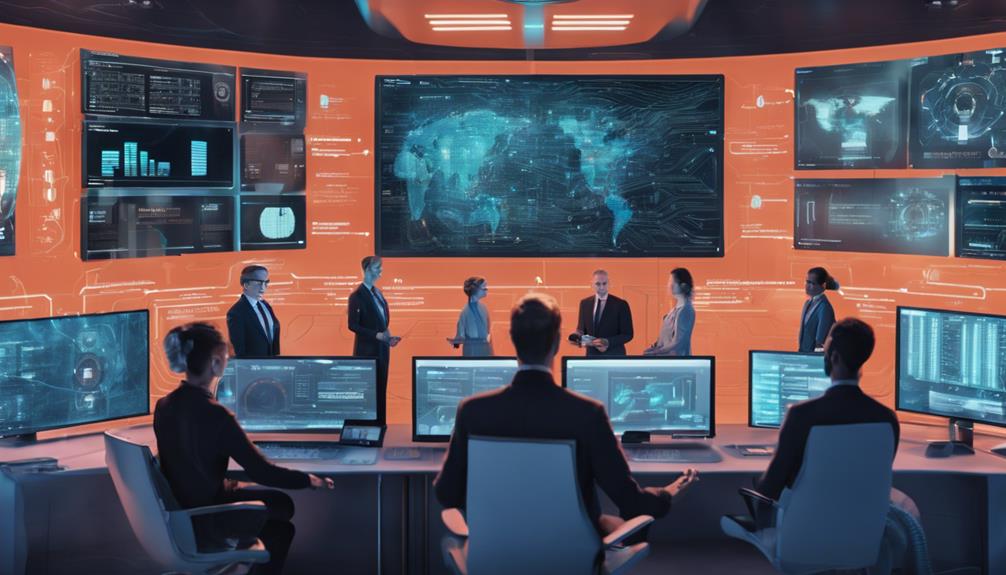
Regulatory compliance in cybersecurity is vital for organizations to guarantee data protection and avoid potential legal consequences. Ensuring adherence to security regulations such as GDPR, HIPAA, and PCI DSS is essential in safeguarding sensitive data and maintaining the trust of consumers.
These regulations are designed to protect consumer privacy, prevent data breaches, and elevate overall cybersecurity practices within organizations. Failure to comply with these regulations can result in severe penalties, financial losses, and reputational damage.
Non-compliance not only jeopardizes the security of sensitive information but also impacts an organization's credibility in the eyes of stakeholders and customers.
Talent Shortage

The increasing demand for cybersecurity professionals highlights an urgent need for skilled individuals to fill over half a million projected job openings by 2024 in the U.S.
As AI technology evolves to address skill gaps and enhance automation in cybersecurity, it is important to take into account the potential impact on human roles within the industry.
Businesses must navigate this changing landscape, recognizing both the benefits of AI integration and the ongoing necessity for human expertise in cybersecurity to effectively combat evolving threats.
AI Addressing Skill Gap
Amidst the projected half a million cybersecurity job openings in the U.S. by 2024, the integration of AI is being explored as a potential solution to address the significant talent shortage in the industry.
The following key points shed light on how AI can help bridge the skill gap:
- Enhanced Learning Opportunities: AI can provide advanced learning tools and platforms for cybersecurity professionals to upskill and stay relevant in the ever-evolving landscape of cyber threats.
- Complementing Human Skills: While AI can assist in automating routine tasks and detecting anomalies, human skills like critical thinking and creativity remain essential in addressing complex cybersecurity challenges.
- Meeting the Demand for Skilled Professionals: AI can help in augmenting the capabilities of existing cybersecurity teams, enabling them to handle the increasing demand for skilled professionals in the field.
Increasing Automation in Cybersecurity
With the escalating demand for cybersecurity professionals and the persistent talent shortage, the industry is witnessing a notable increase in the automation of cybersecurity processes. AI advancements are playing a vital role in enhancing the efficiency and effectiveness of security operations. By incorporating automation in cybersecurity tasks such as threat detection, incident response, and vulnerability assessment, organizations can better cope with the growing complexity and volume of cyber threats.
However, it is essential to highlight the importance of human oversight in this automated landscape. While AI can streamline processes and improve response times, human cybersecurity professionals bring critical thinking, creativity, and adaptability to the table. The demand for cybersecurity experts continues to rise, indicating that human analysts are indispensable in combating cyber threats effectively.
As AI technologies evolve, they are expected to create new career opportunities within cybersecurity, emphasizing the need for professionals who can work alongside automated systems. The symbiotic relationship between automation and human expertise is key to staying ahead in the ever-evolving cybersecurity landscape.
Impact on Human Roles
As organizations face a growing demand for cybersecurity professionals, the impact of talent shortage on human roles in the industry becomes increasingly evident. Despite advancements in AI technology, the need for human expertise in cybersecurity remains paramount.
Here are three key points highlighting the significance of human roles in the cybersecurity landscape:
- Critical Thinking: Human cybersecurity professionals possess the ability to think critically, analyze complex situations, and make decisions based on nuanced factors that AI may struggle to comprehend.
- Adaptability: Humans are inherently adaptable, capable of quickly responding to new and evolving cyber threats, a vital skill in the ever-changing cybersecurity environment.
- Ethical Considerations: Cybersecurity often involves ethical dilemmas that require human judgment and moral reasoning, aspects that AI may not adequately address.
While AI continues to play a pivotal role in augmenting cybersecurity efforts, the human element remains essential in tackling the intricate challenges posed by cyber threats. The continuous growth in demand for cybersecurity professionals underscores the irreplaceable value of human expertise in safeguarding digital assets and networks.
Frequently Asked Questions
Will AI Replace Cyber Security Professionals?
AI is not expected to replace cybersecurity professionals due to the complex and creative nature of the field. The demand for security analysts is projected to grow notably, with AI augmenting human capabilities rather than supplanting them.
Will the SOC Analyst Be Replaced by Ai?
In the domain of cybersecurity, the rise of AI prompts speculation on the future of SOC analysts. While AI may enhance efficiency, the intricate decision-making and nuanced understanding required in SOC roles suggest their irreplaceable human touch.
Is AI a Risk for Cyber Security?
AI presents both opportunities and risks in cybersecurity. While AI can enhance threat detection and response capabilities, its advanced self-learning abilities also pose potential risks, necessitating proactive measures to safeguard digital infrastructure against evolving cyber threats.
Is the Cyber Security Field Oversaturated?
The cybersecurity field is not oversaturated; rather, it faces a critical shortage of qualified professionals amidst a surge in demand. The growing gap between job openings and skilled individuals highlights the need for more cybersecurity experts.
Conclusion
To sum up, the integration of AI in cybersecurity is a complex and ongoing process that requires a balance between technological advancements and human expertise.
While some may fear the potential threat of AI taking over cybersecurity, experts emphasize the importance of global cooperation, security protocols, and regulatory concerns to mitigate risks.
Despite the talent shortage and regulatory challenges, the future predictions for AI in cybersecurity are promising, with the potential to revolutionize the field beyond imagination.


